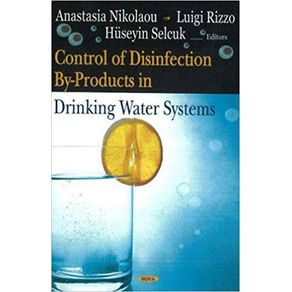The occurrence of disinfection by-products (DBPs) in drinking water has been an issue of major concern during several decades. The formation of many DBPs species during water disinfection has been documented, while new by-products are still being detected, as the analytical instrumentation available becomes more accurate and sensitive. Most of the DBPs have been proven to have toxic effects on living organisms; therefore they pose risks to human health during drinking water consumption. The factors affecting their formation have been extensively investigated, their transport and fate have been studied, modelling efforts for several of them have been performed, in order to understand better their behaviour and therefore try to minimise their occurrence in waters. Techniques for their removal from water have also been applied, and a variety of disinfection methods or combinations of disinfecting agents have been investigated with the aim to produce safe drinking water containing the minimum possible concentrations of DBPs. This book deals with the advances in control of DBPs in drinking water systems. by-products, up-to-date information on the parameters affecting the procedures of DBPs formation, analytical methods for their determination, toxicity, regulation, it pays special emphasis on the advanced treatment methods applied recently for DBPs control and presents recent promising findings as well as case studies in this field, as the relevant research is proceeding, producing more knowledge and practical solutions in regard to the disinfected drinking water quality.



